As an adult taking my children into the wilderness, it is my responsibility to make sure my kids follow the principles of Leave No Trace. But one of the things which doesn’t get talked about is how downright difficult it can be to follow Leave No Trace when you are with kids.
Some aspects of Leave No Trace are pretty easy with kids:
Bring an extra trash bag to pack out all your trash.
Keep campfires small and in existing fire rings.
Be prepared to dig a cathole for human waste – even if you have to do it after the fact because little kids don’t exactly give you much warning before they have to poo…
But according to the LNT principles (and the rules of almost all National Parks), you can NOT do things like:
- Pick flowers
- Go off trails
- Move rocks, such as to make rock cairns
- Throw rocks
- Climb trees
- Build forts
- Take mementos such as rocks
- Catch or touch wild animals
My daughter has done ALL of these things at one point while we were in the wilderness.
Does that mean I am a terrible person for not enforcing Leave No Trace? This question is something I have been wrestling with.
A quick internet search will tell me that my child could be causing irrevocable damage when she gathers rocks. Or when she gathers wildflowers to press, which we then frame and hang in our home. And let’s not forget about the trauma to those poor newts and frogs we have fun catching and analyzing before releasing them back!
As a rational-minded, educated person, I know that our actions in the wild have consequences. Yet, as a parent, I still can’t bring myself to outright prohibit these activities because we are supposed to “leave no trace.” If I really didn’t want to leave any trace, then I would never go into nature at all.
But the wilderness is when I truly see the best from my daughter. Without electronic devices or toys to play with (which limit creativity), I watch as her inclination to explore fully comes to life. She notices little things that I would have missed, asks thoughtful questions, and invents fun games (which, yes, sometimes involve throwing rocks).
Am I really supposed to stifle her inclination to explore because LNT says so???
Apparently, I’m not the only one who has been debating Leave No Trace and kids play. A 2014 article in Slate called “Let Kids Run Wild in the Woods” makes the case that over-regulating kids’ play in nature creates adults who are ambivalent towards nature.
The research backs this up:
Most of the people who ended up dedicated to nature and conservation had childhoods filled with unstructured play in nature, some of which “was not environmentally sensitive by adult standards.”
As for collecting mementos from nature, I’ve broken LNT multiple times. Just like this paleontologist talks about how picking up fossils as a kid sparked a “fascination in the natural world” that led him into his current career, I’ve let my daughter take bones home for her collection. She can’t decide whether she wants to be a vet or forensic paleontologist, but having those bones on her shelf certainly keeps her interested.
But the immediate goal of protecting natural areas should outweigh the social and educational benefits of letting kids play, right?
Don’t be so sure about this.
In his job as a State Park Ranger, Matthew Browning was required to give little lectures to any kid he saw taking rocks, flowers, etc. The goal was to make the kids feel bad for their actions.
But then Browning started to think about what would really happen if every kid took a flower. As he points out in the article, it would be really bad if every kid took delicate pink lady slippers. But, if it were common yarrow, would it really be that bad?
So Browning started doing research in “nature play areas” in Scandinavia. He found that, yes, kids are pretty destructive in nature. But the impact wasn’t so bad that it ruined the eco-system.
Here’s where die-hard Leave No Trace advocates would say that even the tiniest actions can have a huge impact in fragile ecosystems. Since some nature areas get millions of visitors yearly, each person taking just one flower could cause massive damage.
But my counterargument is that we should give kids some credit. Even at four years old, my daughter could understand that we could use dead sticks to make a fort but not break any tree limbs because it would “hurt the tree.” She understood that we could catch insects but it would be cruel to take them home with us…
And for the things which aren’t obvious to her, I’m there to explain things in terms she can understand.
How I Balance Leave No Trace with My Child’s Urge to Explore and Collect
Even though it’s right there in the name, it took me a while to realize that Leave No Trace is a set of principles and not rules. Unlike rules, principles are meant to guide us into doing what is right. Principles aren’t set in stone and context is always important.
Once you learn to think of LNT as principles instead of rules, you can see that there is still room for children’s play.
There are two things I’ve done to help ensure I maintain Leave No Trace principles when with my kids.
1. Education
Foremost, Leave No Trace is all about education. If I don’t know the how or why behind certain guidelines (such as why we shouldn’t leave organic trash like apple peels in the woods or why it’s okay for animals to poop in the woods but people still need to clean up dog poop), then I won’t be able to explain these to my daughter.
Likewise, if I’m not educated, I won’t be able to make judgment calls about certain activities: Unless I know which flowers are common and which ones are rare, then I shouldn’t let my daughter pick any flowers.
I’ve definitely made a lot of mistakes over the years but I’m working to be better at leaving no trace.
2. Avoid Popular and Fragile Areas
In general, I find it much easier to follow Leave No Trace with kids in areas where there aren’t any people (the 7th principle of LNT is “Be Considerate of Other Visitors” and I don’t want to shush my kid all day long while she plays!).
In areas which aren’t fragile or don’t get many visitors, the “what if everyone picked a flower” line also doesn’t apply. It literally is just my daughter picking a flower, which hardly constitutes as destroying an ecosystem.
Does this mean that we don’t go to some gorgeous places, particularly those in National Parks? Yeah. But, honestly, I don’t feel we are missing out on anything. If I’ve learned anything from my daughter, it is this: You don’t need spectacular vistas to enjoy nature. With a child’s mentality, you can see the awe and joy in something as simple as a pebble at your feet.
And, yes, I let her take that pebble home.


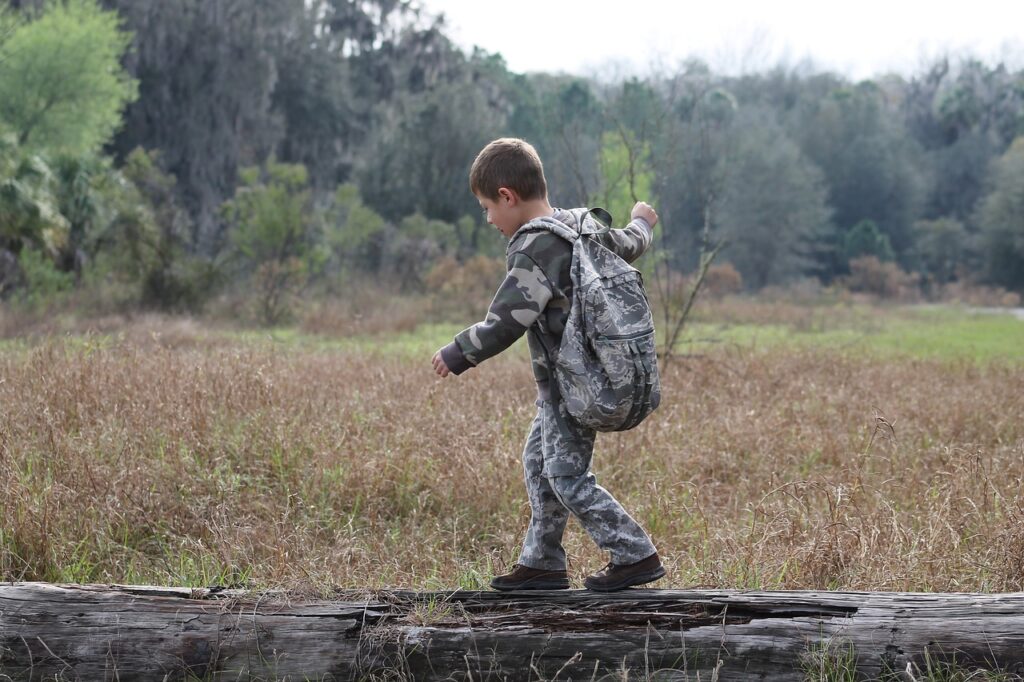
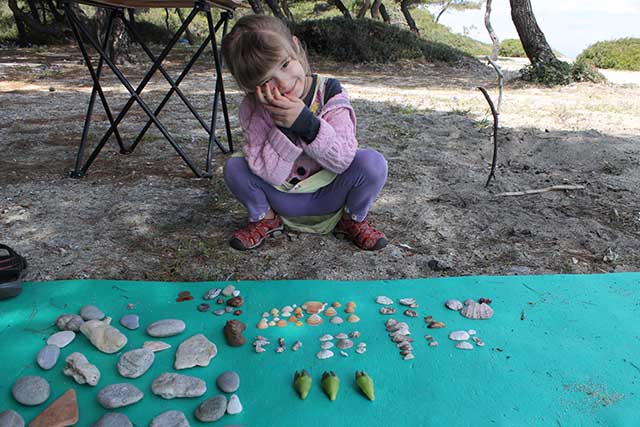

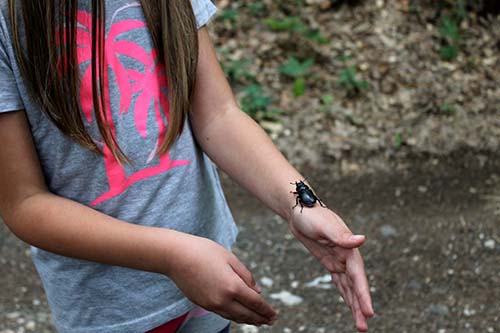
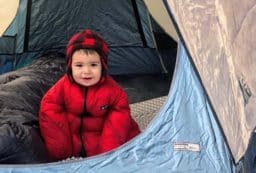
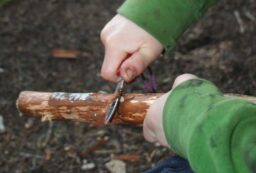
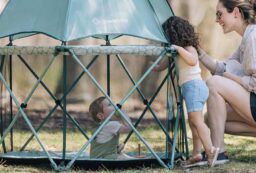







1 Comment
rosemary huebner
January 31, 2021 at 7:33 pmYes, down to earth ways of thinking are pertinent based on circumstances. Of course, we are human, curious and materialistic while wishing to take nature home with us.
I had never thought about the native animals leaving fertilizer traces behind and we can not!